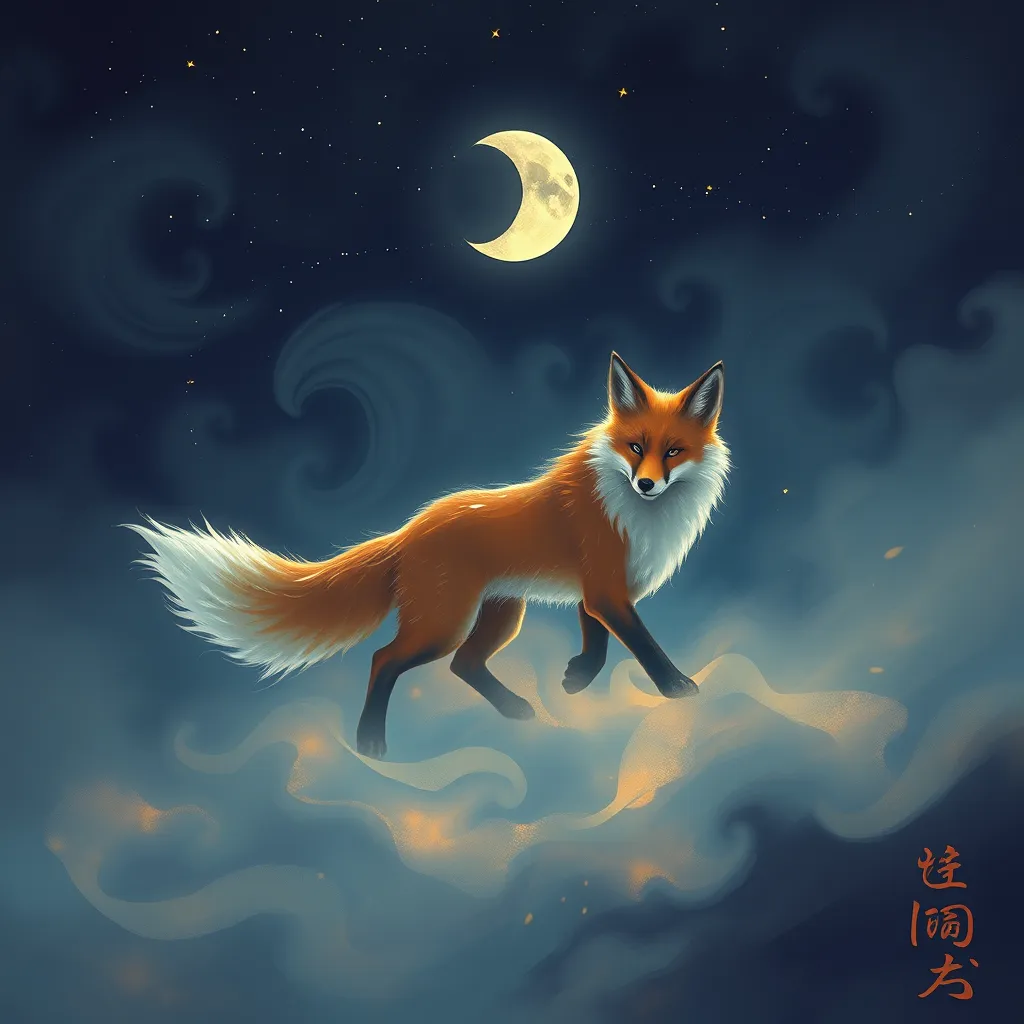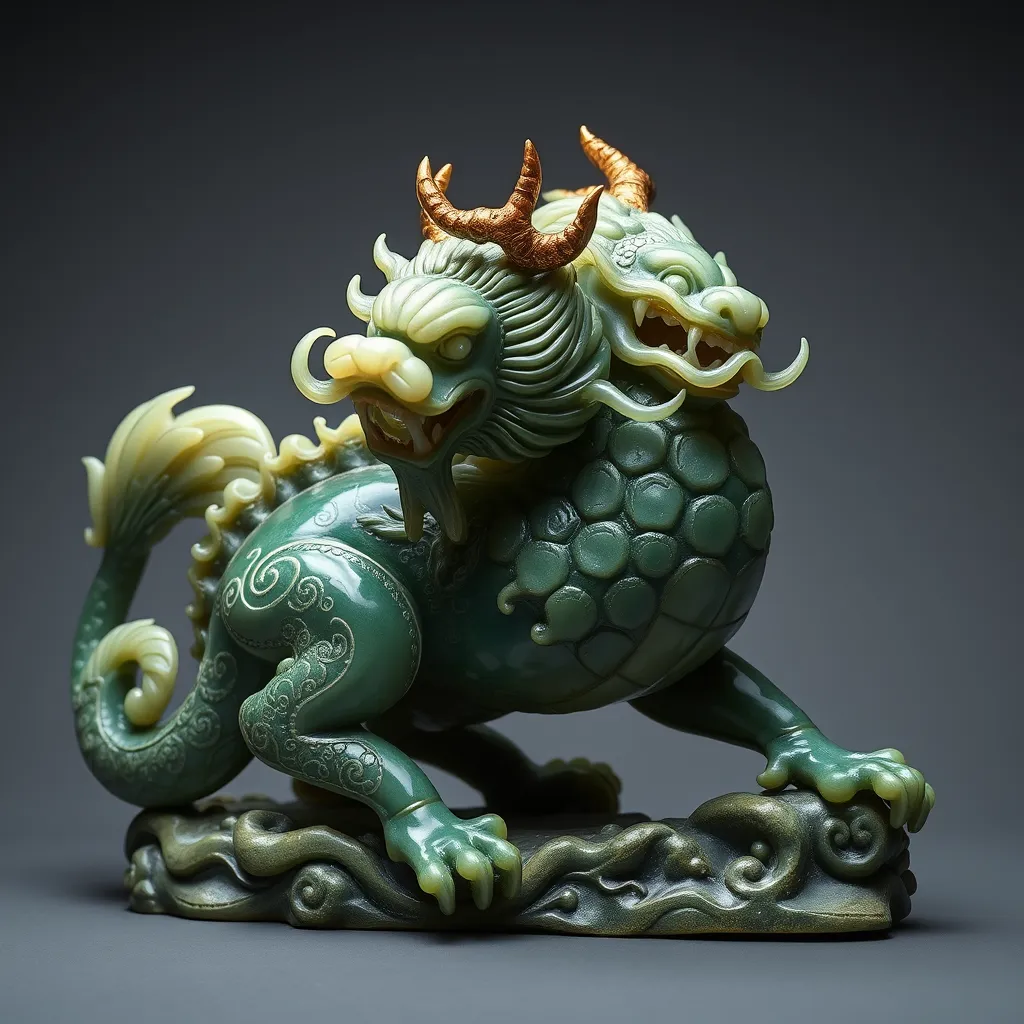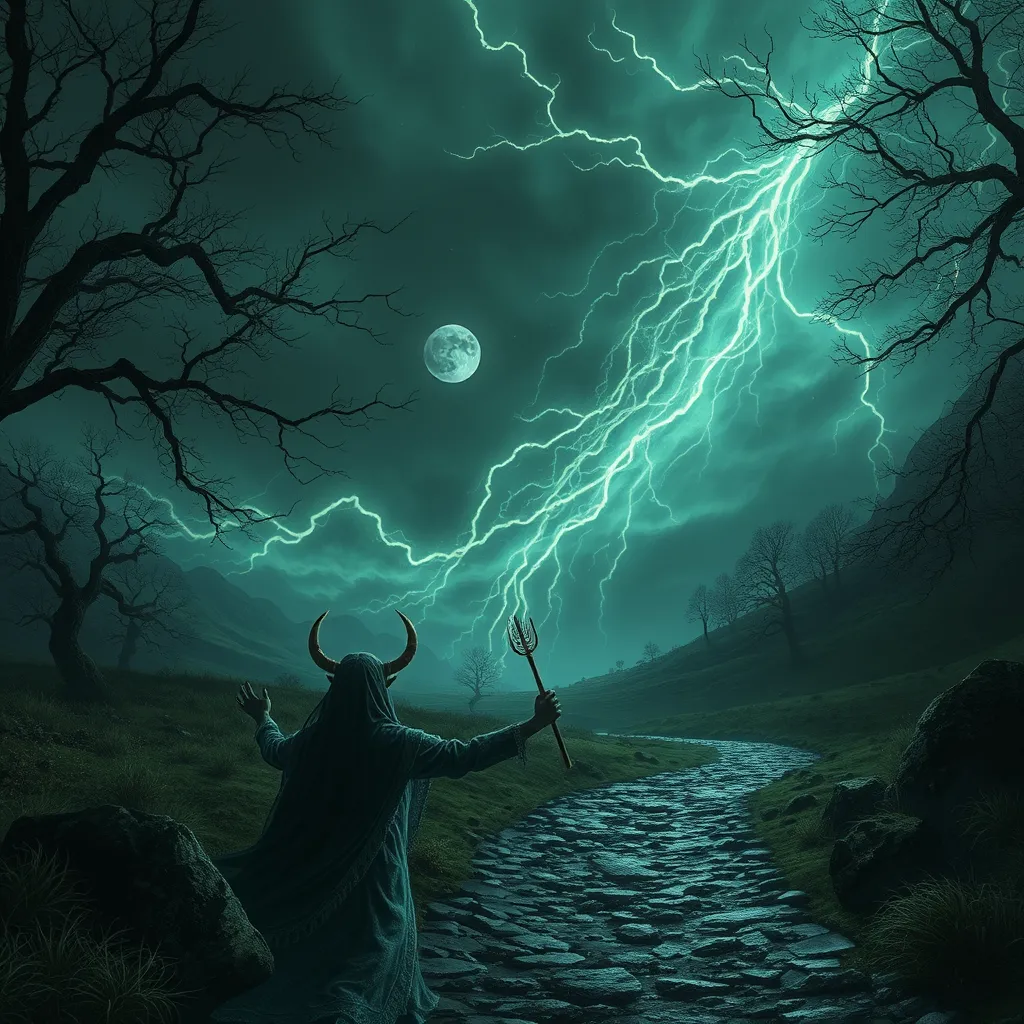Kitsune and the Supernatural: A Guide to Understanding the Fox Spirit’s World
I. Introduction to Kitsune
Kitsune, translating to “fox” in Japanese, embodies a significant figure in Japanese folklore and mythology. These mystical creatures are not mere animals; they are revered as intelligent beings with magical abilities, often associated with the rice deity, Inari. The origins of Kitsune stem from ancient Shinto beliefs, where they were seen as messengers and protectors.
In contemporary media, the allure of Kitsune has extended beyond traditional folklore. They have become iconic figures in anime, manga, and films, captivating audiences worldwide with their enchanting tales and supernatural abilities.
II. The Mythology of Kitsune
The mythology surrounding Kitsune is deeply rooted in Japan’s Shinto beliefs. Historically, these fox spirits were thought to possess divine qualities, serving as intermediaries between the human world and the gods. Kitsune are often depicted as protectors of rice fields, symbolizing prosperity and fertility.
Kitsune exhibit a dual nature, embodying both benevolent and malevolent spirits. While many are seen as guardians, there are instances where they may trick humans or cause mischief. This duality is a fundamental aspect of their mythology, reflecting the complexities of nature itself.
III. Types of Kitsune
There are various classifications of Kitsune, primarily categorized into Inari and Yōkai Kitsune. Inari Kitsune are directly associated with the deity Inari and are often venerated at Shinto shrines. They are typically portrayed as protectors and bringers of good fortune.
On the other hand, Yōkai Kitsune encompass a broader range of fox spirits, which may have more mischievous or malevolent traits. Several variations of Kitsune exist, based on their age, power, and appearance:
- Shiro (White) Kitsune: Considered pure and benevolent, often associated with good fortune.
- Kiko (Nine-Tailed) Kitsune: The most powerful type, known for their immense magical abilities.
- Akaki (Red) Kitsune: Often seen as tricksters, these Kitsune can embody more chaotic and mischievous traits.
IV. Kitsune Abilities and Powers
Kitsune are renowned for their remarkable abilities, which include:
- Shape-shifting: Kitsune can transform into human forms, often taking on the appearance of beautiful women.
- Illusion Creation: They can create illusions to deceive or protect humans.
- Telepathy: Some Kitsune possess the ability to communicate telepathically with humans.
- Foresight: They are believed to have prophetic abilities, foreseeing future events.
V. Kitsune in Japanese Culture
The representation of Kitsune in Japanese culture is vast, manifesting in art, literature, and folklore. These fox spirits have inspired countless works, ranging from ancient tales to modern storytelling. Kitsune are often depicted in:
- Art: Traditional paintings and sculptures often showcase Kitsune, particularly in association with Inari shrines.
- Literature: Folktales and novels frequently feature Kitsune as central characters, exploring their interactions with humans.
- Festivals: Various festivals celebrate the connection between Kitsune and Inari, highlighting their importance in Shinto traditions.
VI. Modern Interpretations of Kitsune
In recent years, Kitsune have become prominent figures in contemporary media. They appear in:
- Anime: Series like “Naruto” and “InuYasha” feature Kitsune characters with unique abilities and personalities.
- Manga: Many manga stories delve into the lives and adventures of Kitsune, often blending traditional folklore with modern themes.
- Movies: Films like “Spirited Away” showcase Kitsune as integral parts of the narrative, emphasizing their mystical nature.
- Video Games: Games such as “Okami” and “Nioh” incorporate Kitsune mythology, allowing players to interact with these legendary spirits.
The symbolism of Kitsune has evolved, often representing themes of transformation, deception, and protection in modern storytelling.
VII. Cultural Significance and Spiritual Beliefs
The relationship between Kitsune and Inari highlights their cultural significance. As the messengers of Inari, Kitsune are honored at shrines, where offerings are made to ensure protection and prosperity. They are viewed as:
- Protectors: Many believe that having a Kitsune watch over them can bring good fortune and ward off evil.
- Messengers: Kitsune are often regarded as carriers of messages from the divine, bridging the gap between humans and spirits.
This reverence for Kitsune reflects a broader spiritual belief in the interconnectedness of nature, the divine, and humanity.
VIII. Conclusion: The Enduring Legacy of Kitsune
The legacy of Kitsune continues to endure in today’s world. As symbols of both protection and mischief, they resonate with themes that are universally relevant. Their presence in global media has helped to cultivate a broader understanding of Japanese folklore and spirituality, fostering appreciation for the rich tapestry of cultural narratives.
Kitsune remind us of the mysteries of the natural world and the complexities of existence, making them an enduring symbol in both traditional and modern contexts. Their captivating stories are likely to continue enchanting audiences for generations to come.




